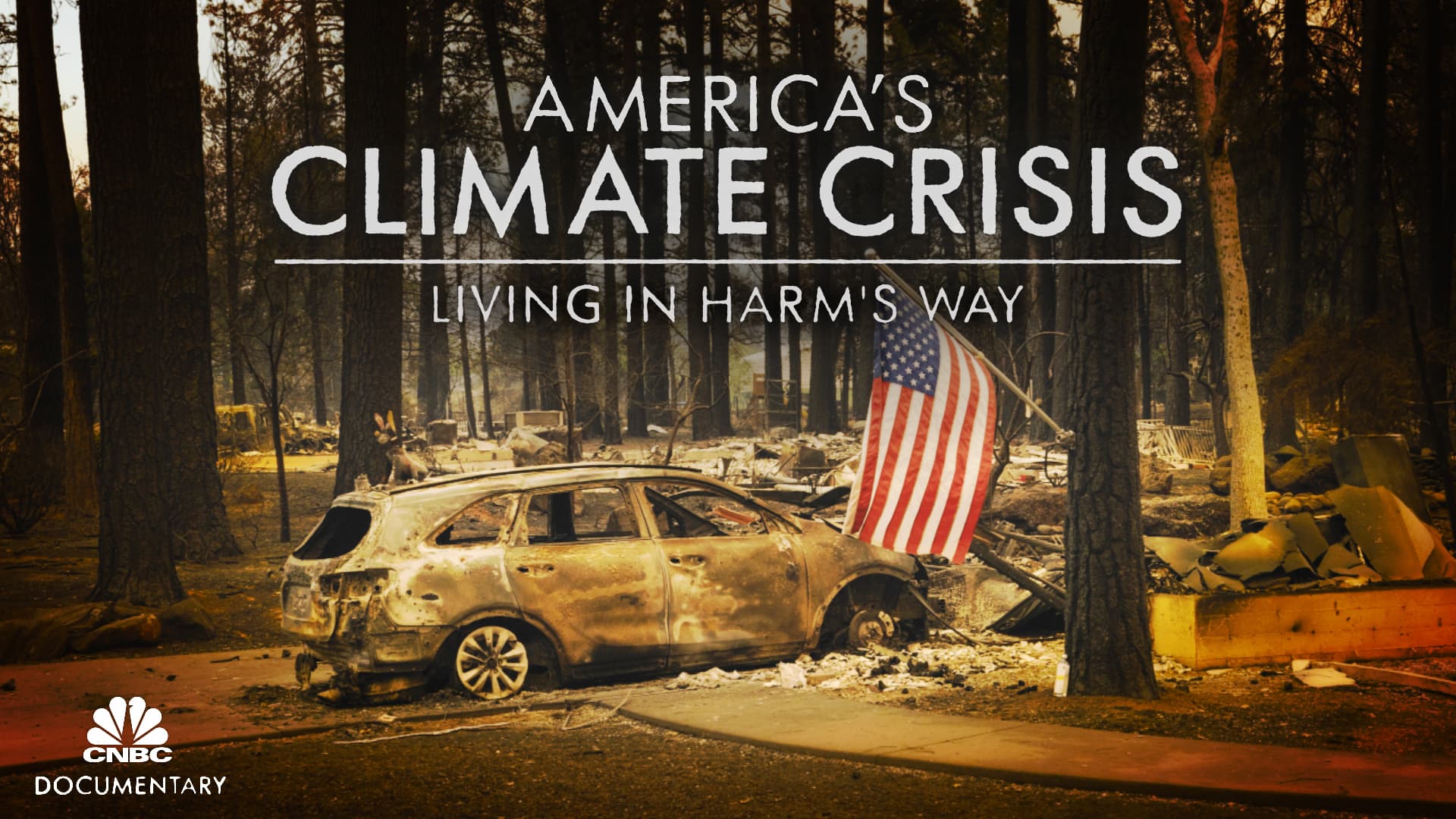Climate catastrophes are poised to destroy American homes, and banks are starting to calculate their risks.
Jesse Kennan, Associate Professor of Real Estate at Tulane University, refers to this process as “underwaterwriting” or “blue-lining,” depending on whether you’re looking at it from the point of view of the bank or consumer respectively.
Underwaterwriting is a neologism that combines “underwriting” with “underwater.” It refers to the process of banks considering external climate data, including business analytics, climate science, catastrophe modeling, and insurance modeling, when making loans and assessing a home’s value according to Kennan. His research found that smaller, more local community banks have a better understanding of local flooding risks than large banks, which helps them better understand risk and resilient investment strategies.
Blue-lining, on the other hand, is when banks or mortgage lenders draw lines of risk around certain neighborhoods and streets based on their susceptibility to flooding or other climate-related disasters. The term is meant to be reminiscent of redlining, a product of institutionalized racism that restricted loan availability to homeowners in minority-dominated neighborhoods. Some climate advocates feel that blue-lining is creating a new class of victims who have their climate risk determined by banks with little transparency.
“The direct comparison between redlining and blue-lining is that it’s targeting some of the same groups. Those who are most at risk with climate change and climate disasters are the same ones who have been struggling and advocating for their societal rights,” said Jasmine Sanders, executive director of Our Climate, a youth climate activist group.
She continued, “people are having a double whammy. The red-lined communities that are still being impacted are now going to be impacted by this blue-lining going on.”
Regardless, climate risk is now an integral part of the value of a home. Find out your risk at websites like the Insurance Information Institute’s freehomerisk.com or First Street Foundation’s floodfactor.com and watch the video to learn more about how some homeowners are tackling climate risk.
